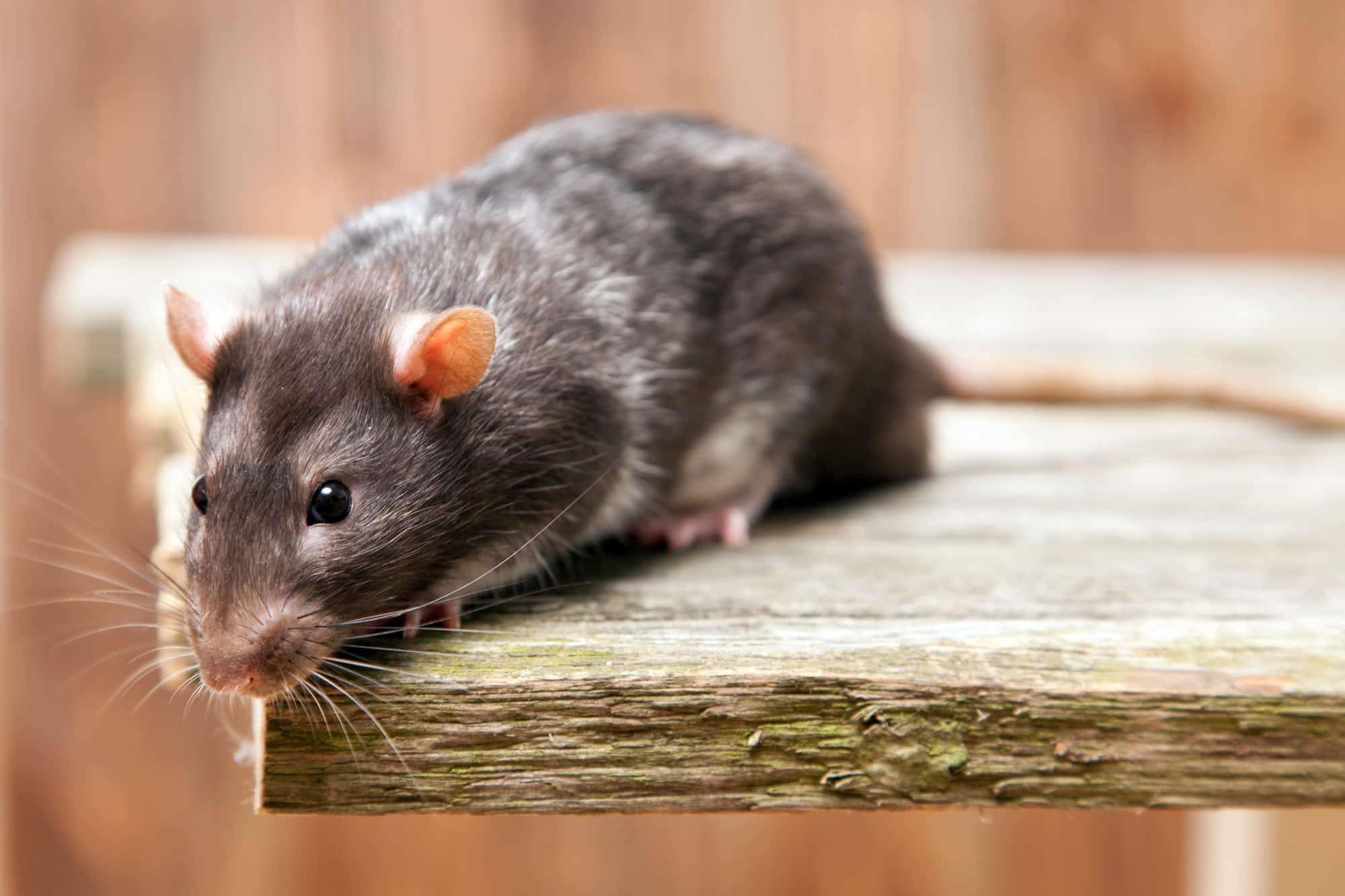Rats and Mice: My Budget-Friendly, Super Effective Recipe to Keep Them Away for Good
Have you ever spotted these unwanted little rodents in your home or garden? Rats and mice are persistent intruders, and getting rid of them can be a challenge. Luckily, nature provides gentle yet powerful ways to repel them. One of the simplest and most natural solutions is the use of sage leaves.
Why Use Sage as a Natural Repellent?
Sage is well known for its culinary and medicinal uses. However, it also has repellent properties that help keep rodents at bay. Its strong scent is unpleasant to rats and mice, making it a surprisingly effective natural deterrent.
Repellent plants like sage are nothing new in organic gardening. They offer an eco-friendly alternative to harsh chemical products often used against infestations. Not only do they protect your space from pests, but they also respect both the environment and the health of your household. Another option includes peppermint, widely recognized for its pest-repelling effects.
The Power of Strong Scents
Using strong odors is a common strategy for deterring pests. While some animals are drawn to certain smells, rodents tend to avoid those that overwhelm their sensitive noses. Sage, with its intense aroma, falls squarely into this category. It masks the smell of food and drives these intruders out of your home.
Complementing sage with other fragrant herbs like bay leaves and mint enhances this aromatic defense. These plants create a hostile environment for rodents—while adding pleasant scents to your home.
Precautions Before Using Sage Against Rodents
While natural methods are appealing, certain precautions are needed when using sage to repel rats and mice. First, make sure no one in your household is allergic to the plant to avoid any adverse reactions.
It’s also important to combine sage with preventative habits. Keep your house clean, free of food scraps, and sealed against entry points. A clean home is less attractive to rodents, enhancing the repellent effect of sage. Speaking of cleanliness, a mixture of baking soda and sugar can also serve as a natural deterrent for various pests.
Combining Sage With Other Natural Repellents
To boost sage’s effectiveness, consider pairing it with other natural repellents. Essential oils known for their repellent properties—like lavender or eucalyptus—can be sprayed in sensitive areas for extra defense.
Use a consistent mix of repellent plants throughout your home to create a multi-sensory barrier. This layered approach greatly increases your odds of success in keeping rodents away.
How to Prepare and Apply Sage Against Rodents
Now that you understand why sage works, here’s how to prepare and apply it to drive away rats and mice. You’ll need either dried or fresh sage leaves, depending on availability.
Place several leaves in strategic spots around your home—especially near entry points or food cupboards. For stronger effect, rub the leaves between your hands before placing them. This helps release the essential oils responsible for the repellent smell.
Making a Sage-Based Repellent Spray
You can also create a sage spray by steeping sage leaves in hot water. Once the solution cools, strain it and pour it into a spray bottle. Spray around areas where rodents are likely to appear.
-
Place dried sage leaves near doors and windows.
-
Rub the leaves to intensify their scent.
-
Make a repellent spray: steep sage in hot water, cool, strain, and spray targeted areas.

